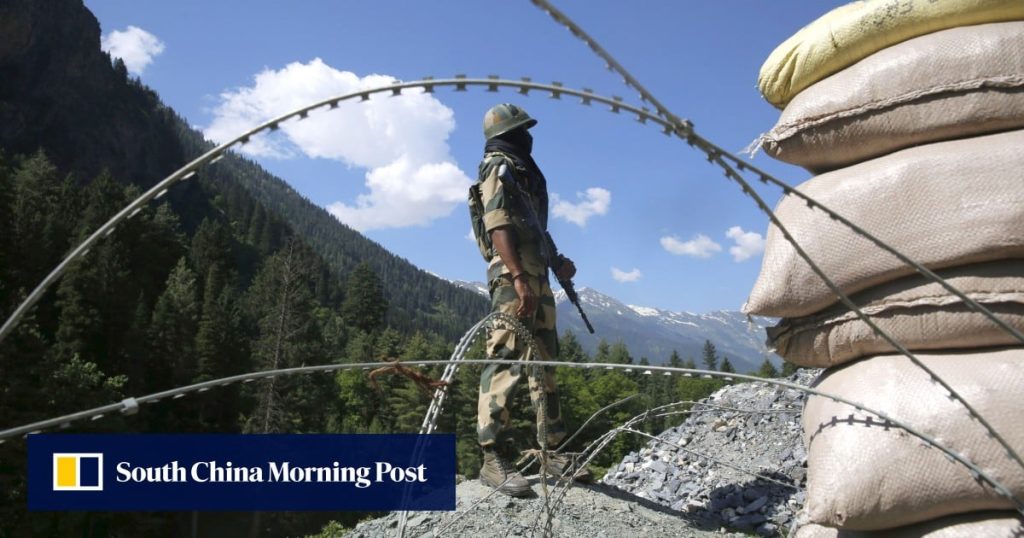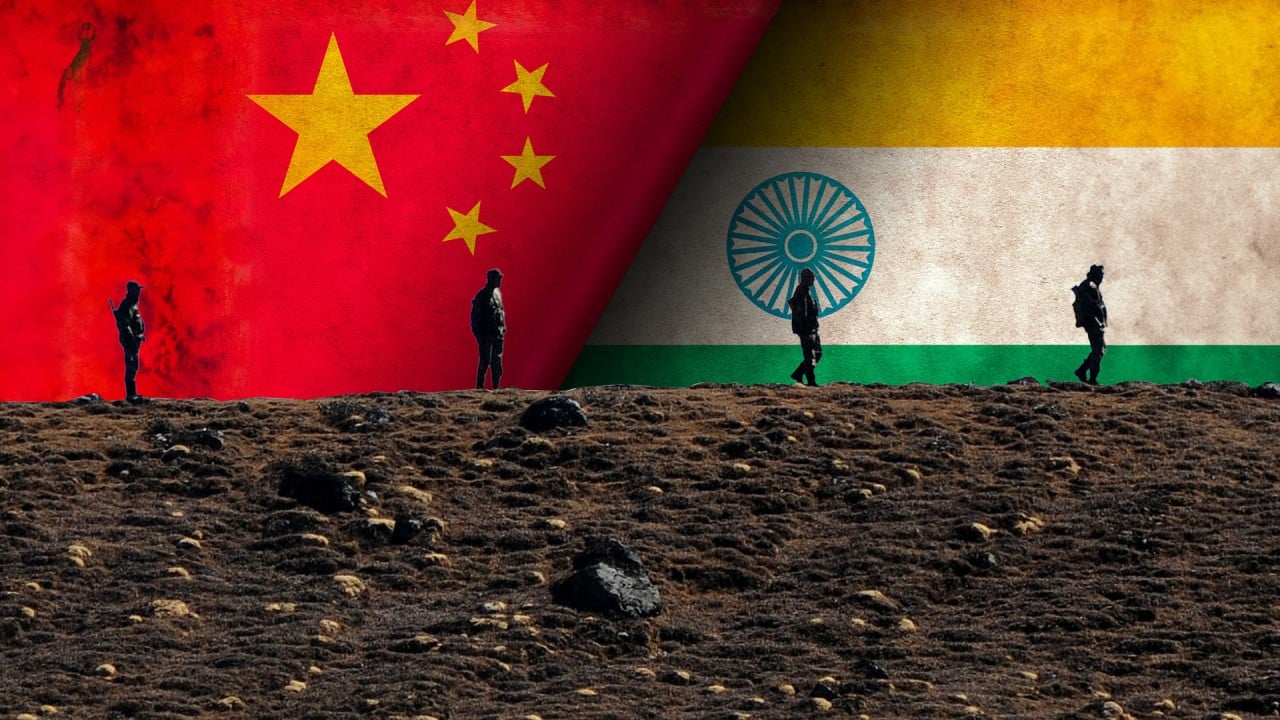The Tribune, an Indian media outlet, reported last month that the country’s only land access to the Galwan Valley – known as the Darbuk-Shyok-Daulat Beg Oldie Road (DSDBO) – was undergoing a major upgrade to accommodate tanks and specialised trucks capable of carrying long-range missiles.
Meanwhile, a 130km (80-mile) alternative route to the road, west of the existing road, was also in the final construction stage and was expected to be completed next year, several Indian media outlets reported last month.
The route – which Indian media said had minimal exposure to Chinese army ground patrols and surveillance near the border – is seen as a way to reduce dependence on the DSDBO Road.
Beijing claims the whole Galwan Valley as its territory, a claim that Delhi rejects. The Line of Actual Control, a de facto boundary, separates the areas that each side controls but not their full territorial claims.
Amit Ranjan, a research fellow at the National University of Singapore, said Delhi’s key target of upgrading infrastructure was to “ease and speed up the movement of the troops on the border region in case any emergency situation [confrontation with China] occurs”.



